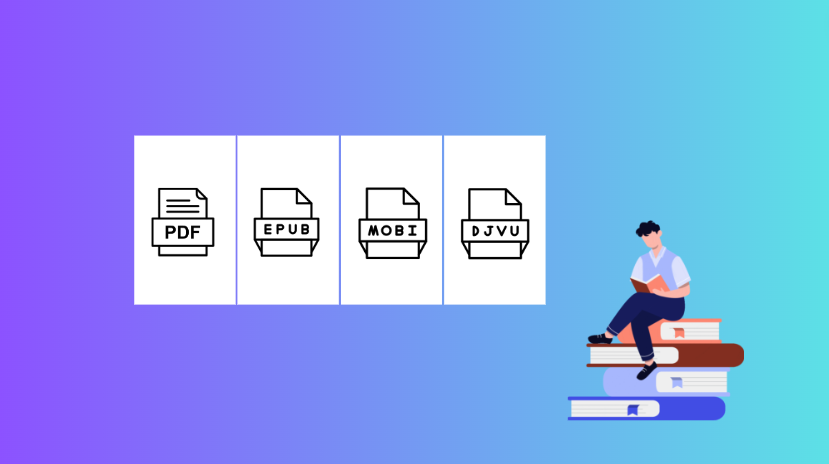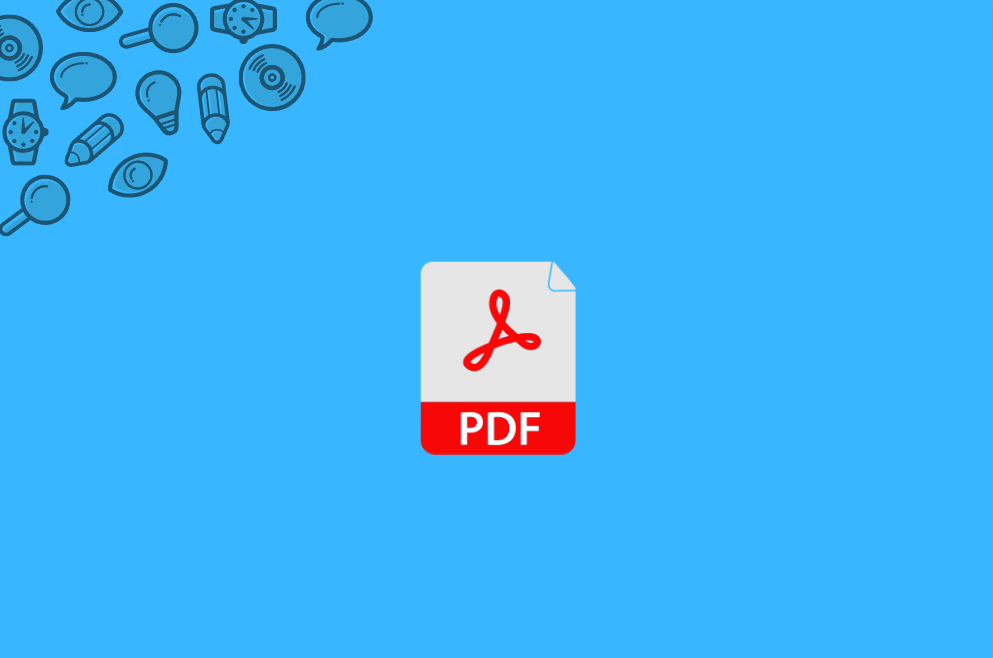If you are reading this article, you may consider creating your first e-book, or you already have your publications and want to optimize how they are prepared and sold. The information and materials you will find below will be helpful in both cases. We will start by choosing a topic to attract potential readers and check the current market trends. Then, we will move on to the process of creating attractive content that will interest the recipients and encourage them to make a purchase. We will also advise you on how to design and format an e-book so that it is aesthetic and functional.
Electronic books have been a great way to share your content with a target audience. While they are an excellent prospect for aspiring bloggers and writers, creating an e-book is difficult. Not only do you have to write the whole piece, but you also have to make it aesthetically pleasing for your readers. So, how does one create an e-book from start to finish and earn money off of it?
Choosing the Topic
Why an e-book? It’s a unique media piece with impressive features like images, charts, graphs, etc. It is one of the top passive income ideas to consider since it comes with little to no marketing effort and production cost. So, if you want to write your e-book, the first step is choosing the topic.
Whether you are an aspiring author or a content creator online, the topic of your book should be similar to what you have already written. If you enjoy talking about visual design on your blog or writing thrillers, go down the same path and explore what you still need to do in that realm.
Researching the Topic

When doing your research, focus on making your e-book one-of-a-kind so it stands out among many other titles online. It’s better to discover what your readers want to dive deep into and then expand on that.
Blog writers can take advantage of their existing content and research missing information. Are there any questions that haven’t been answered or topics of interest? Basing an e-book on that will bring additional insights to your readers. Keyword research will benefit you in the long run.
When you publish your creation online, more users will find it according to related words and phrases. Ensure all your data is accurate and sorted out when you’re done. Then, it’ll be easier to include it in your final piece while writing.
Writing the Content
Whether writing a romance book or a marketing study, you must make it interesting, engaging, and straightforward. Do what you need to do regarding the length of your e-book. Depending on your topic and goal, it can be ten pages or 200. Aiming for a specific number of pages here is less important than conveying ideas or information effectively.
Create your e-book structure first – write headings and small sections before expanding on each one. It’s different from the usual blog, so your style and structure should be the same throughout the book, and every chapter should transition into the next seamlessly.
Designing the Visuals
What about the visual part of the e-book? Images, fonts, graphics, lists, bold, and cursive can be a make-or-break factor for your work. It’s one thing to include illustrations in a fictional book to showcase the characters and circumstances; another is to fill it up with unrelated images in a non-fiction copy. When it comes to the latter, think of images as a tool that aids your readers in understanding the complexity of your content, not as an additional element to confuse them.
Don’t pack your whole book with text and visuals, either. Leaving white space is essential for a healthy balance. Thanks to the free space, your readers will pay attention to what’s truly important – your content. The font of your choice shouldn’t be too expressive. It’s best to keep it simple and easy on the eyes in the book itself and opt for a brighter and eye-catching one on the cover.
Designing and Formatting Your Ebook

Design and formatting are extremely important when creating an ebook. Choosing the right style and layout can significantly impact how readers perceive your e-book. Remember that aesthetics and readability are crucial to the success of your product.
The process of designing and formatting an ebook can be broken down into the several steps below:
- Format selection:The most popular formats are PDF, EPUB, and MOBI. Each has advantages and disadvantages, so you should think about which one will be most suitable for your e-book.
- Cover design:The cover is the first element that a potential reader will see. It should be attractive and reflect the topic of your e-book.
- Layout and style: A well-designed layout and style can greatly improve the readability of your ebook. Remember to find and choose the right font, text size, and colors.
- Text formatting: The text should be easy to read and understand. Use headings, lists, and highlighting to help the reader navigate your content.
Converting into PDF

Whether you completed your e-book in a Word document or a PowerPoint presentation, you can't simply take it and sell it as is. These formats are unsuitable for e-book distribution as they can be easily lost, edited, or corrupted while still in your hands.
That’s why converting Word into a PDF is the way to go. The PDF file type is adaptable and can be opened on all devices, be it a mobile phone, laptop, or tablet. EPUB is another file type commonly used for e-books. And you can convert PDF to EPUB format.
To convert your e-book into a file type suitable for distribution, use one of the following services:
- SwifDoo PDF
- Adobe InDesign CC
- PDFelement Pro
- Google Slides
- Venngage
- Marq
- PDFplatform
- Nuance Power PDF 3
Posting and Marketing
You must create a landing page to deliver new content to your audience and potential buyers. Consider this page a physical ad for your book if it was sold in the brick-and-mortar book store; it should describe your work and how your reader benefits from it.
You can distribute forms for others to fill out to receive the e-book if you want to generate leads this way. If you need help, you can link it to an online e-book platform like Amazon Kindle Direct Publishing (KDP), Apple Books, Barnes & Noble Press, Kobo Writing Life, Draft2Digital, or others.
Explore platforms by your region and niche to find a suitable one. Use e-commerce tools for direct transactions on the landing page of your e-book.
When the landing page is done and you’ve posted your book, it’s time to move on to marketing:
- Showcase your e-book on your blog. If you’re an aspiring author or a blog writer, you can pick one of your book's most exciting and intriguing parts and post it on your blog. Conclude the blog post by explaining the book and motivating your audience to read more.
- Send out emails to your prior readers. After collecting leads, send well-crafted letters to them through email to promote your new e-book.
- Include a page about your new e-book on your website. Post a link to the landing page on the main page of your website and advertise your creation there.
- Share your e-book on social media. Use your page, social media blog, or writing groups to share your e-book. Create an engaging post so others can like and repost it. Leverage popular social media like Instagram and TikTok for more virality and participation.
- Reach out to other blogs and writers. Ask for a book promotion or pay for an advertisement on popular author blogs to find more potential fans of your work.
So, You Are an e-Book Writer Now…
Creating an e-book is more challenging than many people think. From writing and designing to posting and promoting – it's all on you if you’re a beginner without a team. Yet, this can also be an outstanding opportunity to do something you’ve never done before. You’re an author of an expressive piece of content, be it fiction or non-fiction, and people worldwide can view your work. It’s not just words; it’s a whole valued asset that can bring you joy and pride and help you reap financial rewards in the future.
Moreover, if you’re interested in expanding your audiences and making even more content, e-books can be a gateway to gathering leads for the future. Next time you come out with a new e-book, you’ll already have the means to promote it – with a blog or without.








